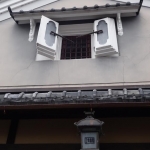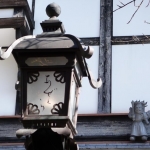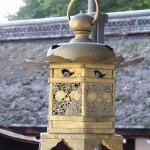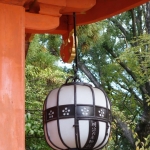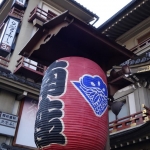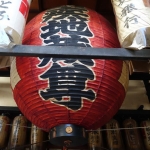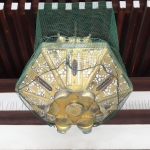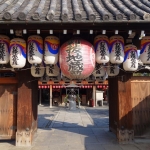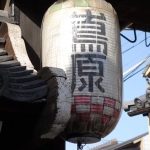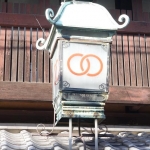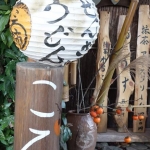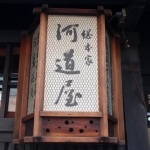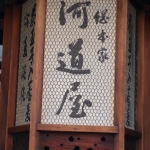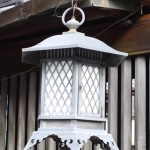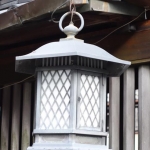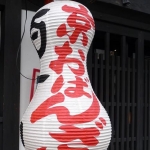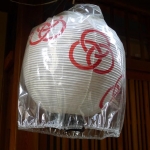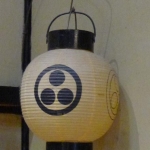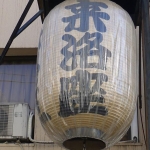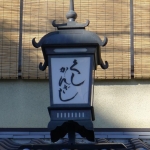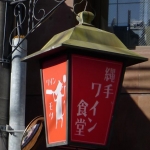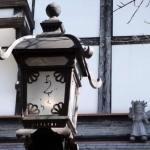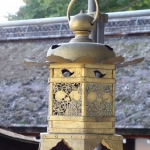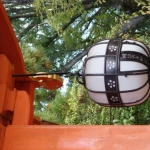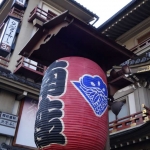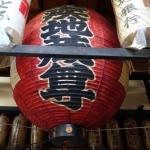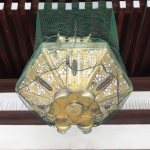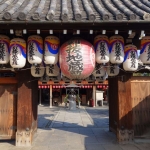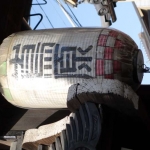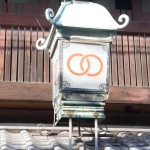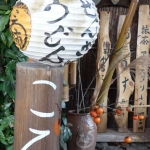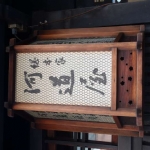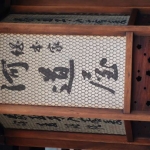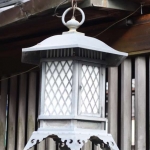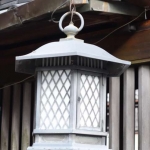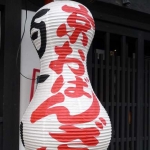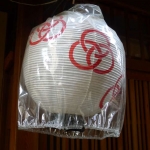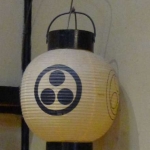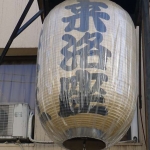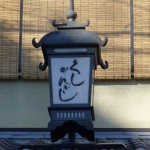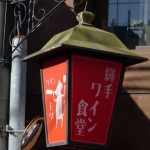Toro – Lanterns
Tōrō
In Japan a tōrō is a traditional lantern made of stone, wood, or metal. Like many other elements of Japanese traditional architecture, it originated in China. In Japan, tōrō were originally used only in Buddhist temples, where they lined and illuminated paths. Lit lanterns were then considered an offering to Buddha. During the Heian period (794–1185), however, they started being used also in Shinto shrines and private homes.
The oldest extant bronze and stone lanterns can be found in Nara. Taima-ji has a stone lantern built during the Nara period, while Kasuga-taisha has one of the following Heian period. During the Azuchi-Momoyama period (1568–1600) stone lanterns were popularized by tea masters, who used them as a decoration in their gardens. Soon they started to develop new types according to the need. In modern gardens they have a purely ornamental function and are laid along paths, near water, or next to a building.
Tōrō can be classified in two main types, the tsuri-dōrō (hanging lamp), which usually hang from the eaves of a roof, and the dai-dōrō (platform lamp) used in gardens and along the approach (sandō) of a shrine or temple. The two most common types of dai-dōrō are the bronze lantern and the stone lantern, which look like hanging lanterns laid to rest on a pedestal.
In its complete, original form (some of its elements may be either missing or additions), like the gorintō and the pagoda the dai-dōrō represents the five elements of Buddhist cosmology. The bottom-most piece, touching the ground, represents chi, the earth; the next section represents sui, or water; ka or fire, is represented by the section encasing the lantern’s light or flame, while fū (air) and kū (void or spirit) are represented by the last two sections, top-most and pointing towards the sky. The segments express the idea that after death our physical bodies will go back to their original, elemental form.
Chouchin
If you walk down a Kyoto street at night, you will almost certainly see some paper lanterns hanging in front of an Izakaya which is Japanese-style bar or ramen restaurant. And at festivals in Japan, you will also see a lot of lanterns hanging in a row. These are all traditional Japanese lanterns, also called chouchin. ‘Chou’ means to hang, and ‘chin’ stands for a light. Originally chouchin were used to shine light at people’s feet when they walked on dark street at night. Now, chouchin are used in not only this way, but also other ways.
Looking at the history of Japanese paper lanterns allows us to rediscover how the Japanese way of life has changed. The first appearance of paper lanterns was during the Muromachi era (from 1336 to 1573). At that time, paper lanterns came from China and looked like baskets made with bamboos. They were quite different from today’s Japanese lanterns, so clearly people were trying to develop the lanterns in Japanese ways over the years. After a few decades, original folding lanterns based on the Chinese design were created. These folding lanterns were used in funerals. The new lanterns also became necessary for soldiers to use during war, so they became more and more popular in Edo period (from 1603 to 1868). Due to such development, not only people of high rank in society, but also normal everyday people were able to use Japanese paper lanterns easily in their daily lives. Also, more and more people were able to travel around Japan and go out at night because of the expanding merchant economy. The lanterns helped guide their way and suit their new lifestyle.
I had great fun photographing the many old lanterns found below that I saw on my last trip. I wonder how many you will find.
http://enjoy-kyoto.net/issue/issue04/kyoperson/
http://kyototsujikura.com/lantern/
http://www.chochin.jp/company/index.html


